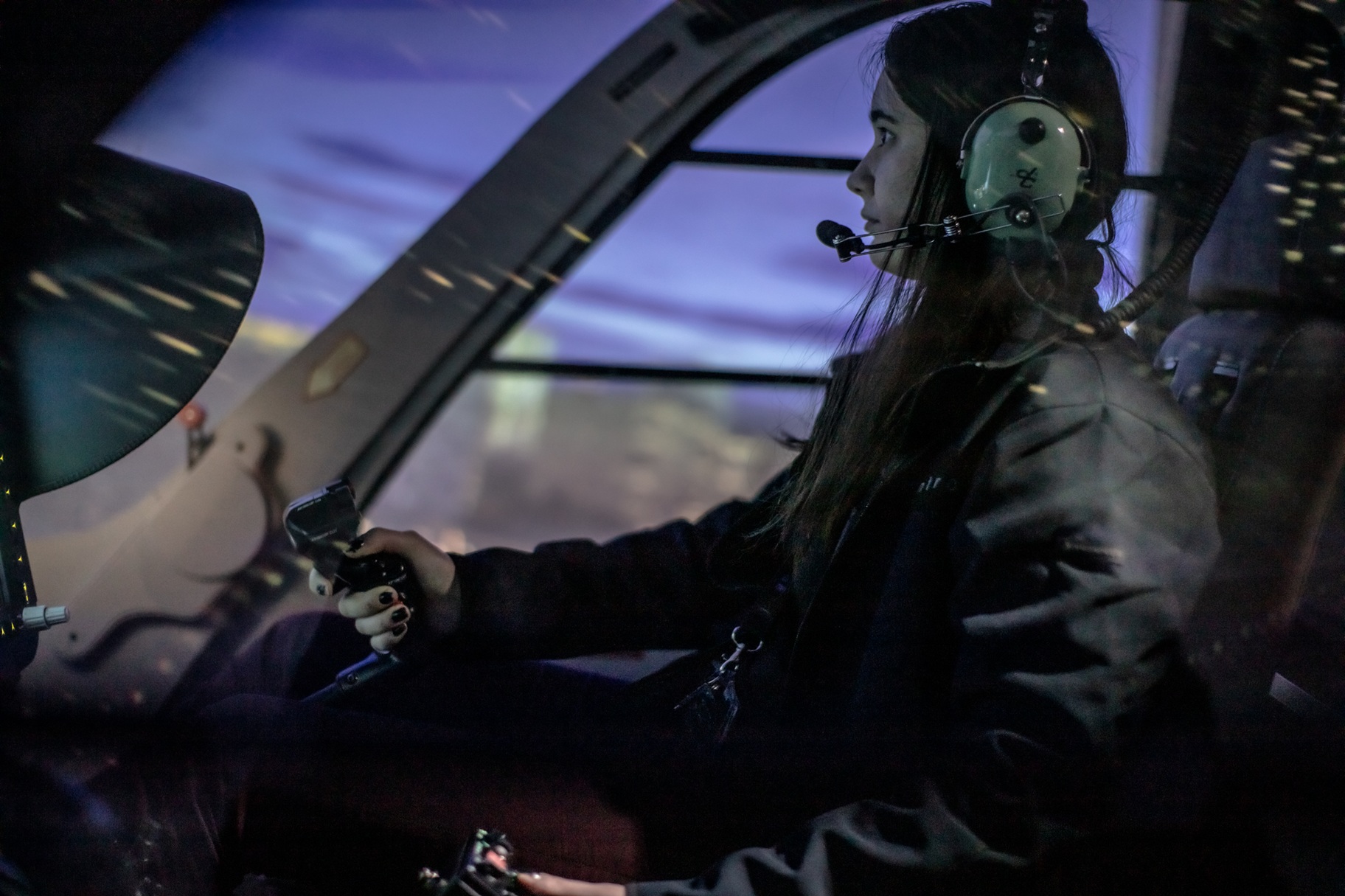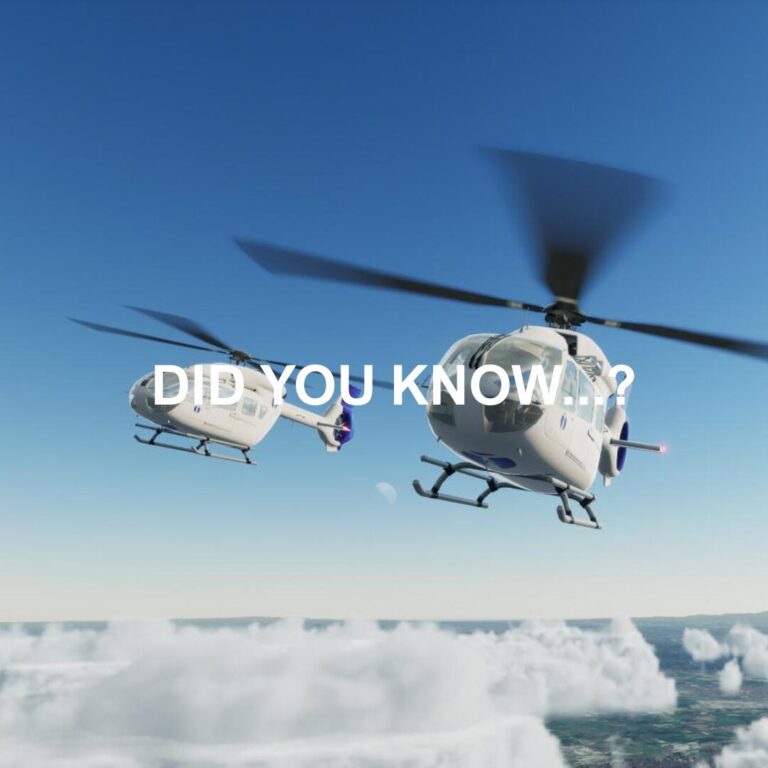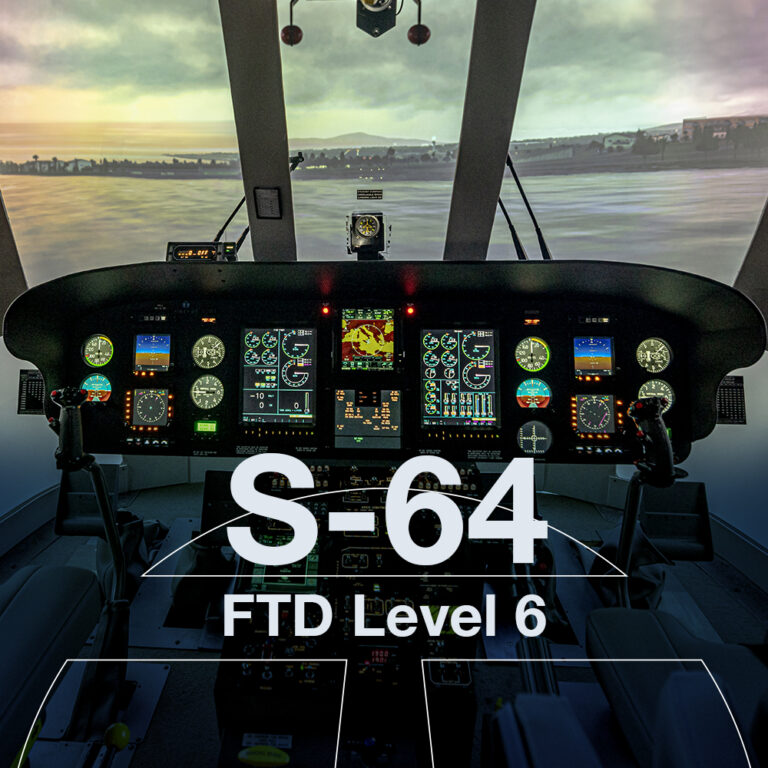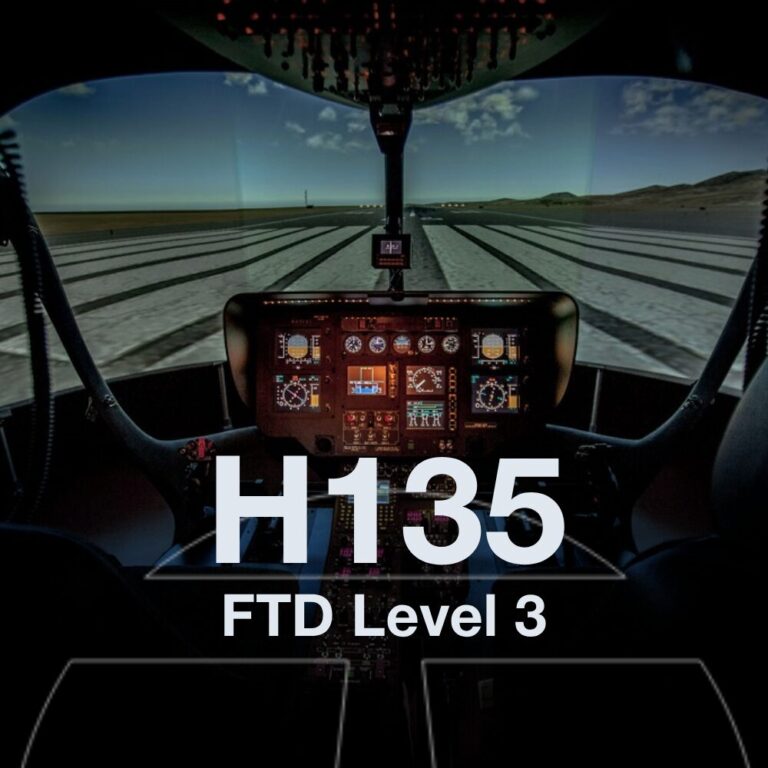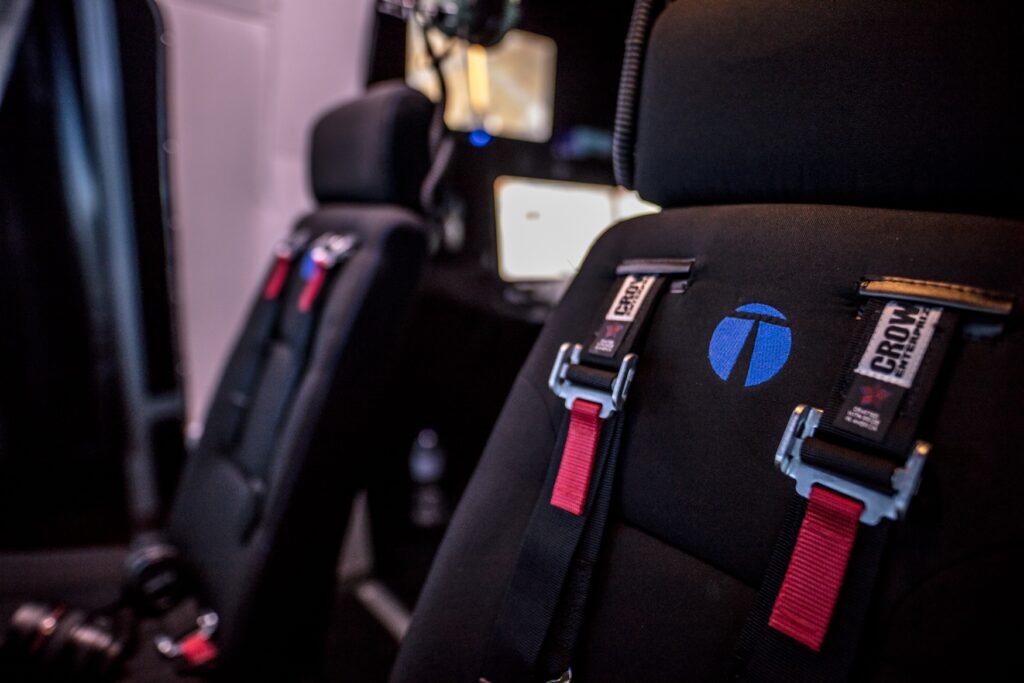
For modern flight academies, the central challenge is clear: how to deliver the highest quality pilot training in the most efficient and cost-effective way possible. Balancing flight hours, safety protocols, and diverse training needs requires a smart, forward-thinking approach. The answer lies not in a single solution, but in the strategic integration of different levels of flight simulation devices.
Understanding how to effectively combine Flight Training Devices (FTDs) and Flight and Navigation Procedures Trainer (FNPT simulators) is key to creating a training program that is both comprehensive and commercially viable. This guide explores how to structure your training programs by making the most of each simulator level, enhancing both efficiency and the quality of pilot education.
The foundation: common benefits of flight simulation
Before diving into the specifics of each device, it’s important to recognize the universal advantages that simulators bring to any training program. Both FNPTs and FTDs offer a powerful baseline of benefits that are impossible to achieve with aircraft alone.
- Cost-Effectiveness: simulators drastically reduce expenses related to fuel, maintenance, and aircraft depreciation. A single hour in a simulator costs a fraction of an hour in a real aircraft, allowing for more practice within the same budget.
- Unparalleled safety: trainees can practice high-risk emergency procedures—like engine failures, fires, or system malfunctions—in a completely safe and controlled environment. This is fundamental for building resilience and proper decision-making skills without any real-world danger.
- Enhanced learning efficiency: simulation allows for repetition. A complex landing or a difficult procedure can be practiced over and over until it is mastered. Instructors can pause, repeat, and provide immediate feedback, which accelerates the learning curve significantly.
The starting point: the role of FNPT simulators
FNPT simulators (Flight and Navigation Procedures Trainer) are the cornerstone of initial pilot training. While they may be considered more basic in terms of fidelity compared to higher-level devices, their strength lies in their accessibility and focus on fundamental skills.
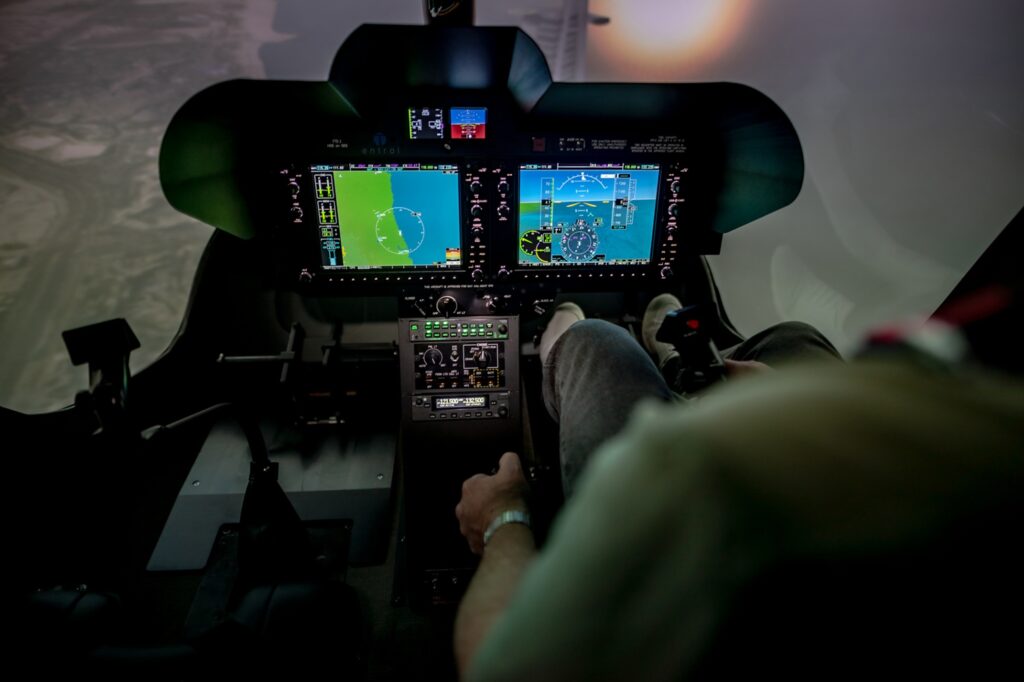
Their primary benefits are:
- Competitive price: FNPTs offer the most cost-effective entry point into certified simulation, making them an essential asset for any flight school’s fleet.
- Core skills development: they are perfectly designed for the initial stages of training, including instrument rating (IR), PBN, and the fundamentals of multi-crew coordination (MCC). They allow students to build a solid foundation in procedures and navigation before moving on to more complex devices.
Advancing skills: the power of light Training Devices (FTDs)
Flight Training Devices (FTDs) represent the next step up in the simulation hierarchy. They offer a higher level of fidelity than an FNPT, with exact cockpit replicas and more sophisticated systems modeling, but at a significantly lower cost than a Full Flight Simulator (FFS).
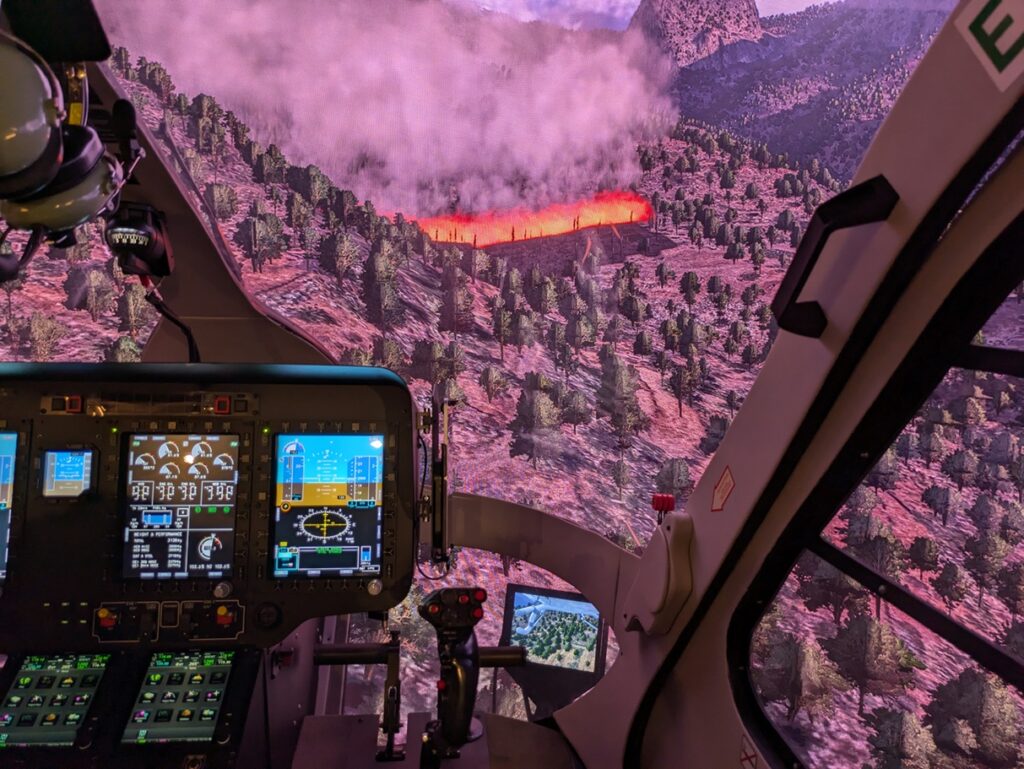
The key advantages of FTDs include:
- Increased realism: FTDs provide a more immersive experience, which is crucial for training aircraft-specific systems and advanced procedures.
- Mission-specific training: a digital twin of your operational reality. This is where FTDs truly demonstrate their value, and it is a core strength of entrol. We develop a highly detailed digital twin of an operator’s specific environment. For instance, a HEMS crew can train in a virtual world that precisely mirrors their real one: flying to an exact 3D model of their hospital’s heliport, navigating around faithfully recreated obstacles like antennas or power lines, and mastering approaches to challenging remote locations. Training in a perfect replica of the real world is fundamental to improving safety, building pilot confidence, and ensuring mission success.
Furthermore, technological advancements are elevating the realism of FTDs to an unprecedented level. Cutting-edge technologies like immersive LED visual systems (such as the entrol enwall) or the Mixed Reality (MR) goggles offered by entrol, are blurring the line between an FTD and an FFS, making them an even more powerful and attractive investment.
The synergy strategy: how to combine FNPT and FTD simulators
The true power of these devices is unleashed when they are used in a combined, progressive training syllabus. Instead of viewing them as separate tools, flight academies should see them as part of a seamless pipeline.
A strategic approach could look like this:
- Phase 1: Foundation in the FNPT. Students spend their initial hours in FNPT simulators, mastering instrument flight, navigation, and basic MCC procedures in a cost-effective environment. This builds muscle memory and procedural fluency.
- Phase 2: Advancement in the FTD. Once the fundamentals are solid, pilots transition to the FTD. Here, the training focus shifts towards mastering mission-oriented scenarios that replicate the complexities of real-world operations. Pilots apply their skills in a highly realistic, aircraft-specific cockpit, practicing advanced emergency procedures in context. Furthermore, the FTD’s fidelity makes it the ideal platform for conducting recurrent training and official proficiency checks, ensuring pilots maintain their skills at the highest level.
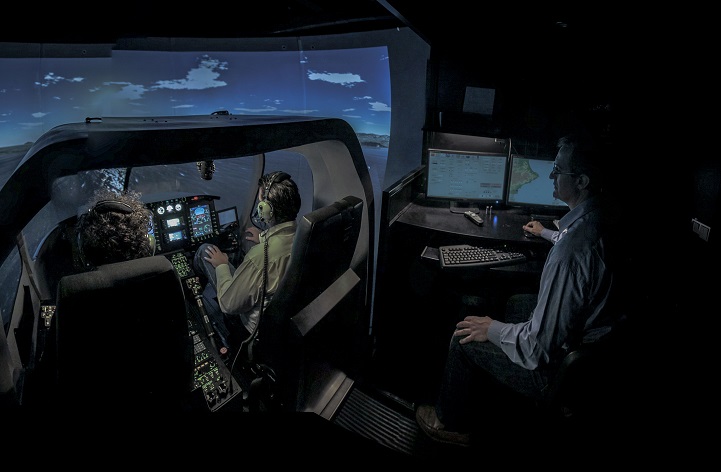
By combining both, you create a training program that is not only more affordable but also more effective, as students progress logically from general procedures to specific, high-stakes situations. Choosing the right mix of devices is key to building a world-class training fleet.
Explore entrol’s range of certified FNPT and FTD simulators to find the perfect fit for your academy’s needs.
The future is simulated: a smart investment
The value of flight simulation is only set to grow. Thanks to continuous technological advancements in areas like Mixed Reality (MR) and LED visual systems, the line between simulation and reality is becoming increasingly blurred. These improvements make simulators an even more beneficial and powerful investment for the future.
Integrating a mix of Flight Training Devices and FNPT simulators is more than just a cost-saving measure; it is a strategic investment in the quality, safety, and future-readiness of your flight academy.
Ready to optimize your training program? Contact us today to discuss how our solutions can be tailored to your specific needs.
